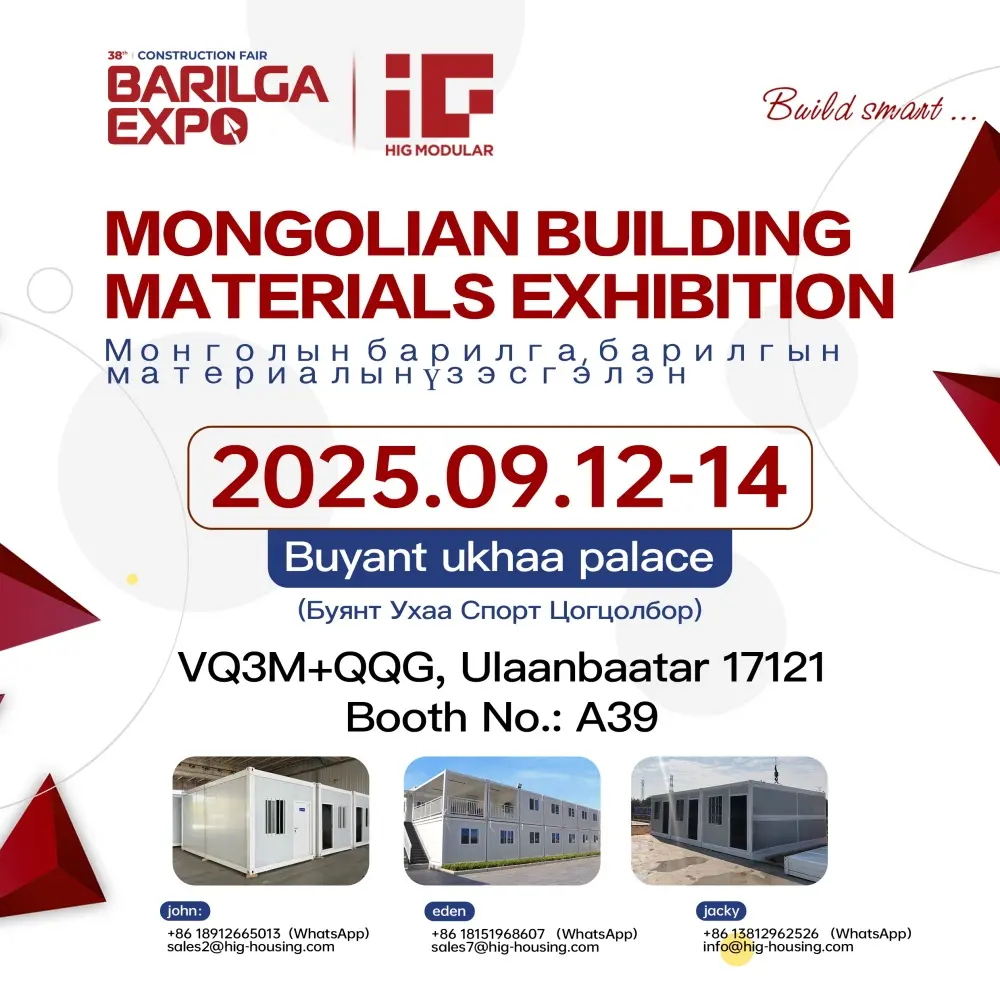News Categories
Featured News
0102030405
Portable Toilets: Building Inclusive, Sustainable Communities
2025-08-12
Access to clean, safe sanitation is a fundamental human right. Yet, billions still lack this necessity. Portable toilets—once viewed as a temporary fix—are emerging as a transformative tool to bridge gaps in infrastructure, promote social equity, and advance environmental sustainability.
1. Inclusive Design: Leaving No One Behind
Modern portable toilets are redefining accessibility, catering to diverse needs:
Disability Accessibility
ADA standards are now a baseline, not an afterthought. Features like:
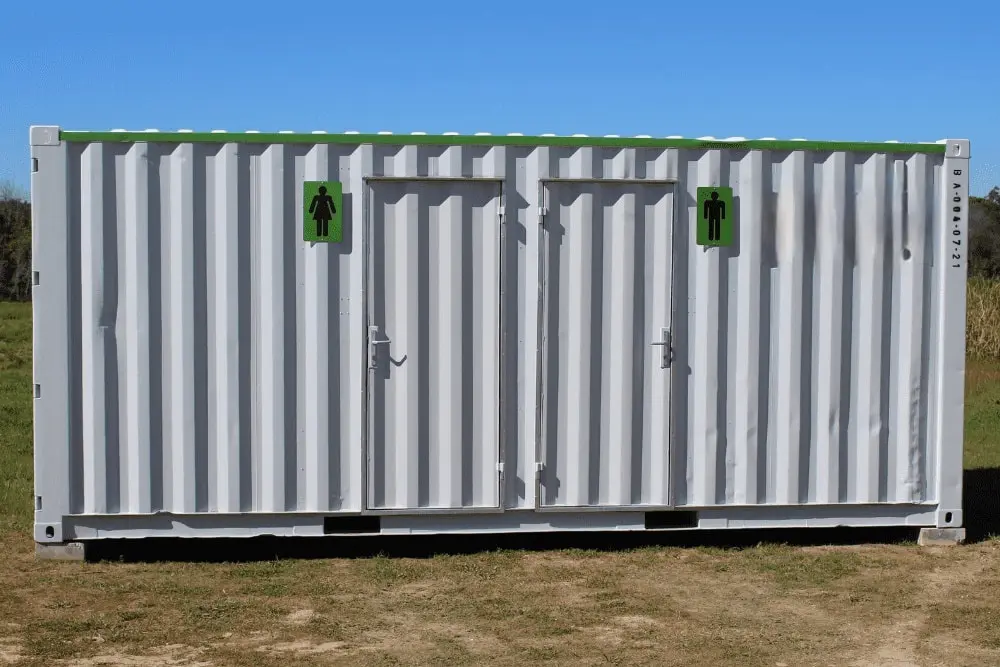
- 36-inch-wide doors (for wheelchair access),
- Non-slip flooring,
- Adjustable-height sinks,
- Visual and audio alerts for occupancy,
ensure independence for people with mobility, vision, or hearing impairments. In Stockholm, public portable toilets with Braille signage and tactile buttons have become models for inclusive urban design.
Gender and Family-Friendly Features
Single-sex units (like the women’s toilet in the first image) address safety concerns for women and girls, who often face harassment in shared facilities. Additionally, family units—with space for strollers and diaper-changing stations—make outings more manageable for caregivers.
Gender-Neutral Options
As societies embrace gender diversity, gender-neutral portable toilets are gaining traction. These units prioritize privacy and inclusivity, with stall doors reaching the floor and inclusive signage.
2. Sustainability: From Cradle to Grave
Portable toilets are at the forefront of the circular economy, minimizing environmental harm:
Renewable Energy Integration
Solar panels power lighting, ventilation, and even water heaters in off-grid units. In Australia’s Outback, solar-powered portable toilets in national parks reduce reliance on diesel generators, cutting carbon emissions by 60% per unit annually.
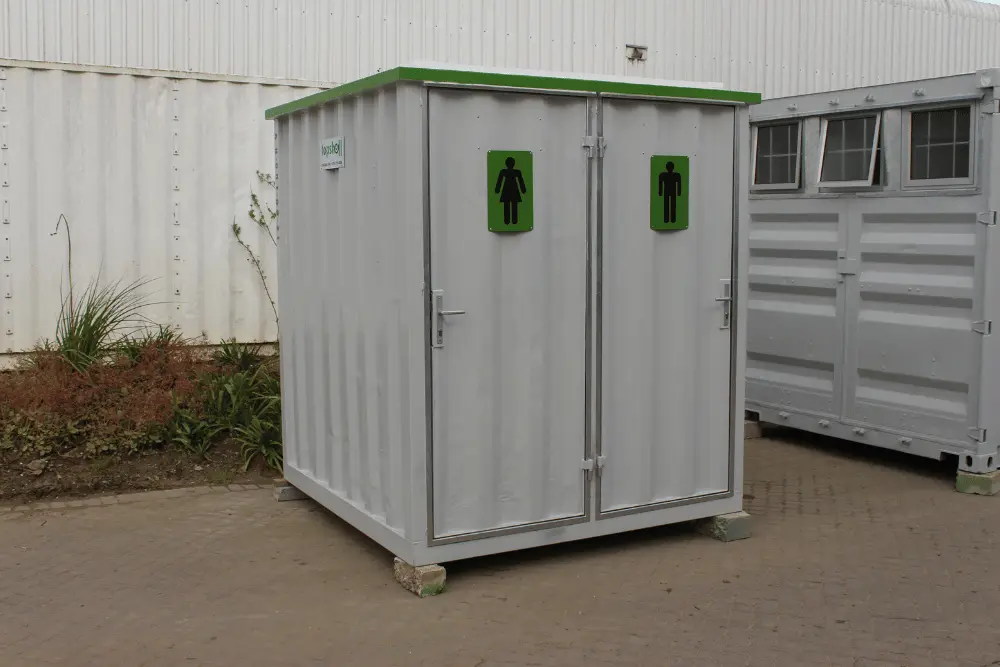
Water Independence
Rainwater harvesting systems collect and filter precipitation for flushing or handwashing. Combined with low-flow fixtures, these units can operate for weeks without external water sources. In drought-prone regions like California, such systems are mandatory for construction site toilets.
Waste-to-Resource Technologies
Advanced composting toilets convert waste into fertilizer, which can be donated to community gardens. Biogas digesters, meanwhile, turn waste into methane fuel—creating a closed-loop system. A pilot project in Kenya’s Kibera slum uses biogas from portable toilets to power community kitchens, reducing charcoal use.
3. Community Empowerment: Transforming Lives
Portable toilets are catalysts for social change, particularly in marginalized communities:
Slum and Informal Settlement Upgrades
In Mumbai’s Dharavi, NGOs have deployed modular toilets with waste treatment systems, replacing open defecation spots. Health outcomes have improved dramatically: diarrhea cases dropped by 40% in the first year, and school enrollment among girls increased as privacy concerns diminished.
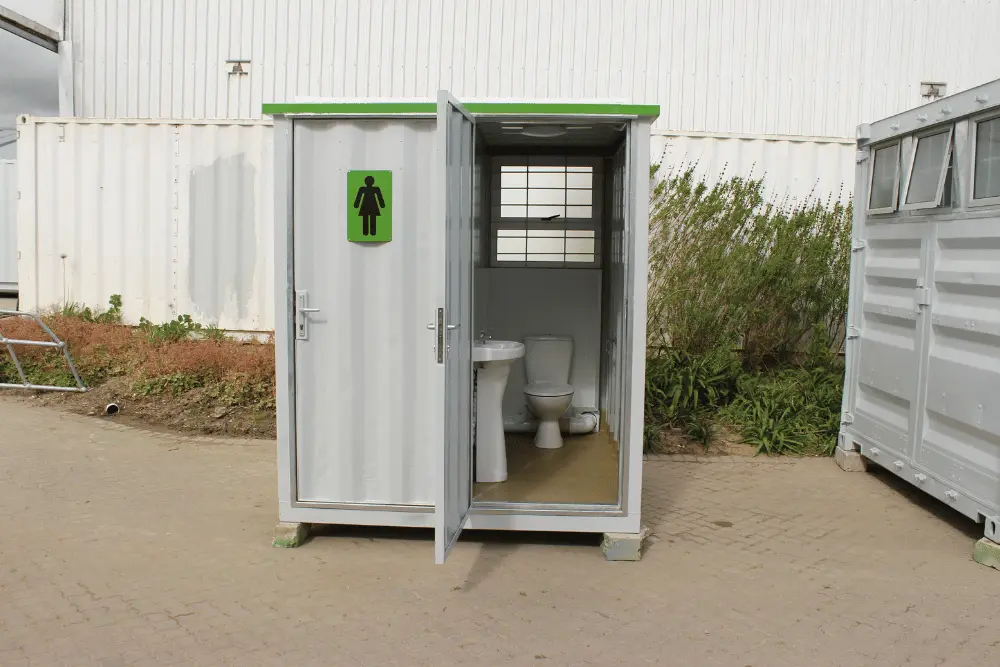
Disaster Relief and Refugee Camps
In conflict zones (e.g., Syria, Ukraine) and after natural disasters (e.g., Hurricane Fiona), portable toilets with quick-deploy systems provide dignity and safety. Organizations like the Red Cross prioritize units with separate areas for women, who are at higher risk of gender-based violence in shared facilities.
Indigenous Community Partnerships
In Canada’s Northern Territories, portable toilets designed with input from Indigenous communities incorporate cultural preferences (e.g., open-air ventilation for traditional practices) while meeting modern hygiene standards. These collaborations ensure respect for heritage and improve health equity.

4. Economic Impact: A Booming Industry
The portable toilet sector is a hidden economic engine:
Market Growth
Global market value for portable sanitation is projected to reach $XX billion by 2030 (CAGR of X%), driven by construction, events, and disaster preparedness. Emerging economies like India and Brazil are fueling demand as urbanization accelerates.
Job Creation
The industry supports diverse roles:

- Manufacturing: Welding, plumbing, and electrical work for unit assembly.
- Rental and Maintenance: Drivers, cleaners, and technicians who service units.
- Design and Innovation: Engineers developing smart sensors or biodegradation systems.
In the U.S., small businesses dominate the rental market, creating blue-collar jobs in rural and suburban areas.
5. Challenges and Solutions: Overcoming Stigmas
Despite progress, portable toilets face hurdles:
Hygiene Stigmas
Negative perceptions of dirtiness persist. Solutions include:
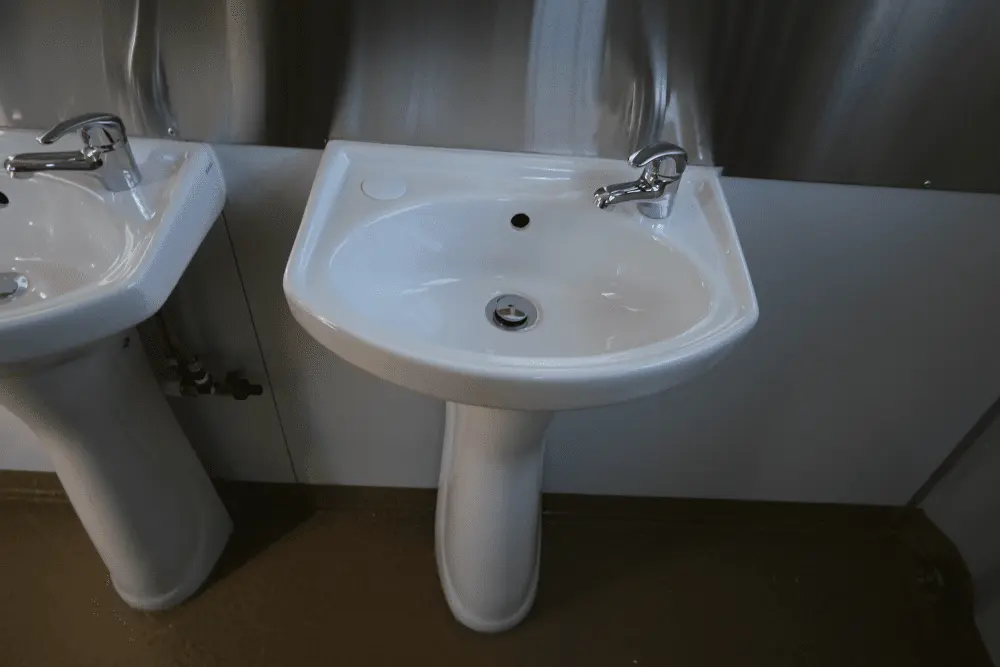
- Self-Cleaning Surfaces: Coatings that repel bacteria and odors (e.g., titanium dioxide treatments).
- Transparent Maintenance Protocols: Sharing cleaning schedules and hygiene certifications with users (via QR codes on units).
Regulatory Gaps
Inconsistent standards across regions lead to subpar facilities. Advocacy groups like the Global Sanitation Alliance push for unified codes, ensuring minimum requirements for waste disposal, accessibility, and water efficiency.
Affordability in Low-Income Regions
Cost remains a barrier. Social enterprises like Sanergy in Kenya lease portable toilets to slum residents for $1 per month, using revenue to fund waste-to-fertilizer operations.
6. The Road Ahead: A Vision for Dignity
Portable toilets are no longer just a utility—they are a statement about how societies value their most vulnerable members. As technology advances and social consciousness grows, these units will continue to evolve, proving that even temporary solutions can have permanent, positive impacts.

Final Thought
From inclusive design to circular economies, portable toilets embody the idea that “small” infrastructure can drive big change. By prioritizing people and the planet, they offer a blueprint for a more just and sustainable future—one flush at a time.

